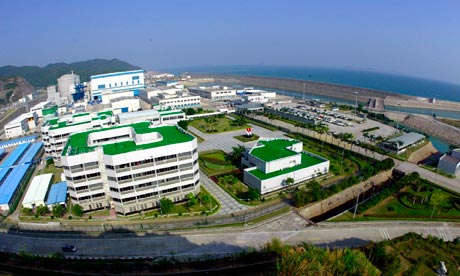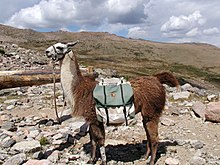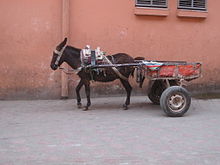People today do not understand walking as transportation at all. When anthropoligists say that humans “spread” from South Africa to Asian and Europe what they really mean is walked. I love Abraham Lincoln stories. The legends have it that Abe used to walk to Springfield to borrow law books from his friend and mentor Tod Stuart whose office in Springfield he walked to. As the crow flies or as humans walk this was a 20 mile trip but he probably did not make this trip in one day, though he probably could have if he took off at first light or before. He likely walked in one day, partied the night away and walked back the next day. There were several since abandoned communities along the way that he probably stopped at as well including the twice revived Clayville stage coach stop. People would have thought nothing of it. He would not been alone on the trail. There would have been fresh fruit to eat on the way in season. At noon he may have swam in the Sangamon. Abe was no stranger to walking. The year before he moved to New Salem he rode a river boat barge loaded with goods from Decatur Il. to New Orleans and walked back.
http://en.wikipedia.org/wiki/Walking
Walking
Walking (also known as ambulation) is one of the main gaits of locomotion among legged animals, and is typically slower than running and other gaits. Walking is defined by an ‘inverted pendulum’ gait in which the body vaults over the stiff limb or limbs with each step. This applies regardless of the number of limbs – even arthropods with six, eight or more limbs.
In humans and other bipeds, walking is generally distinguished from running in that only one foot at a time leaves contact with the ground and there is a period of double-support. In contrast, running begins when both feet are off the ground with each step. This distinction has the status of a formal requirement in competitive walking events. For quadrupedal species, there are numerous gaits which may be termed walking or running, and distinctions based upon the presence or absence of a suspended phase or the number of feet in contact any time do not yield mechanically correct classification[1]. The most effective method to distinguish walking from running is measurement via a force plate, but definitions based on the percent of the stride in which a foot is in contact with the ground (averaged across all feet) of greater than 50% contact corresponds well with identification of ‘inverted pendulum’ mechanics via force plate measurements for animals with any number of limbs[1].
An average human child achieves independent walking ability around 11 months old.[2] The word walk is descended from the Old English wealcan “to roll”.
Although walking speeds can vary greatly depending on factors such as height, weight, age, terrain, surface, load, culture, effort, and fitness, the average human walking speed is about 5 kilometres per hour (km/h), or about 3.1 miles per hour (mph). Specific studies have found pedestrian walking speeds ranging from 4.51 km/h to 4.75 km/h for older individuals to 5.32 km/h to 5.43 km/h for younger individuals.[3][4] A pedestrian is a person who is walking on a road, pavement or path.
:}
http://www.sciencedaily.com/releases/2005/09/050916074420.htm
The Mechanics Of Foot Travel: With So Many Silly Gaits To Choose From, Why Have We Adopted So Few?
ScienceDaily (Sep. 16, 2005) — Despite having the bones and muscles to perform a variety of gaits, human beings have developed an overwhelming preference for just two: walking and running. Now, computer analysis that allows simulation of infinite two-legged locomotions has shown our favored modes of bi-pedal travel use the least amount of energy.
Indeed, in an article published in the current online edition of the British journal Nature, Cornell engineers Andy Ruina and Manoj Srinivasan compare the mechanics of walking and running with “many other strange and unpractised gaits.” They used a set of computer models that simulated physical measurements such as leg length, force, body velocity and trajectory, forward speed and work.
“We wish to find how a person can get from one place to another with the least muscle work,” they report. “Why do people not walk or even run with a smooth level gait, like a waiter holding two cups brim-full of boiling coffee?”
The engineers’ computer simulations conclude that walking is simply most energy efficient for travel at low speeds, and running is best at higher speeds. And, they report, a third walk-run gait is optimal for intermediate speeds, even though humans do not appear to take advantage of it.
The findings help to explain why the possible–but preposterous–gaits in the Monty Python sketch, “Ministry of the Silly Walks,” have never caught on in human locomotion. The researchers add that extensions of this work might improve the design of prosthetic devices and energy-efficient bipedal robots.
:}
More horsing around tomorrow.
:}











